You’ve probably experienced it countless times. You carefully select the plushest, most expensive cat bed, complete with memory foam and luxury fabrics, only to find your feline friend curled up contentedly in the cardboard box it came in. This scene plays out in households worldwide, leaving cat owners scratching their heads and questioning their shopping choices. The truth is, your cat isn’t being ungrateful or stubborn.
Their preference for cardboard boxes over fancy beds is deeply rooted in evolutionary biology, temperature regulation needs, and instinctive behaviors that have kept cats alive for thousands of years. Understanding why your furry companion makes this seemingly illogical choice can help you better appreciate their fascinating psychology and even improve your relationship with them. Let’s dive into the seven key reasons behind this universal feline phenomenon that continues to amuse and perplex cat lovers everywhere.
The Security Blanket Effect: Why Enclosed Spaces Feel Safe
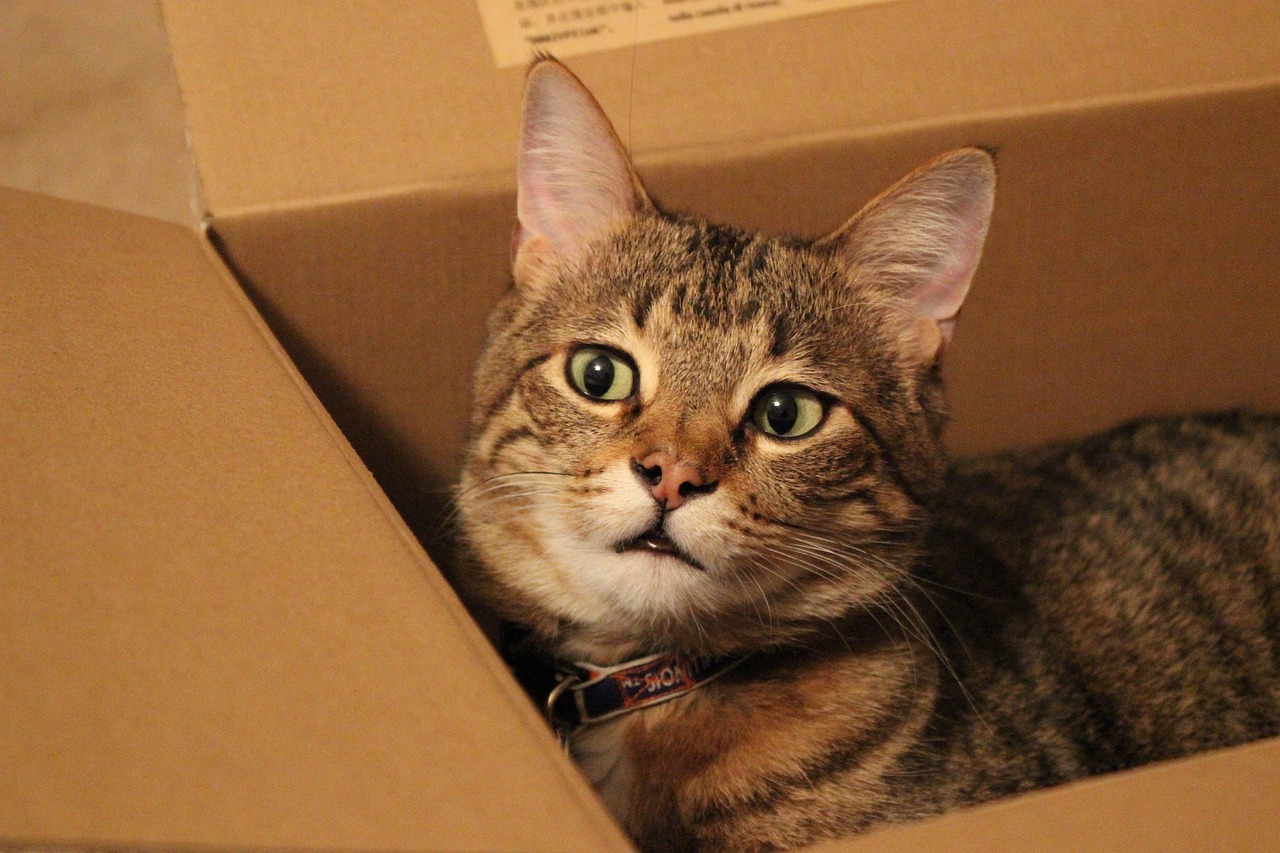
Your cat’s love for cardboard boxes stems from an ancient survival instinct that views these spaces as secure refuges from predators and environmental threats. This behavior can be traced back to their wild ancestors who relied on hidden spots for security and rest, with boxes offering a safe hiding place where cats can observe without being seen. While you see your cat as a cuddly lapcat, in their mind they’re still big cats prowling the savanna who need a proper hideout.
The solid walls of a box create an environment that feels protected on all sides, which significantly lowers your cat’s stress levels. Think of it like a personal fortress where they can monitor their surroundings while feeling completely secure. Since cats don’t have built-in conflict resolution strategies and much prefer to hide from their problems, the safety of this private, enclosed space becomes incredibly appealing. This explains why even the most social cats will retreat to their cardboard sanctuaries when feeling overwhelmed or anxious.
Temperature Control: The Perfect Climate Zone
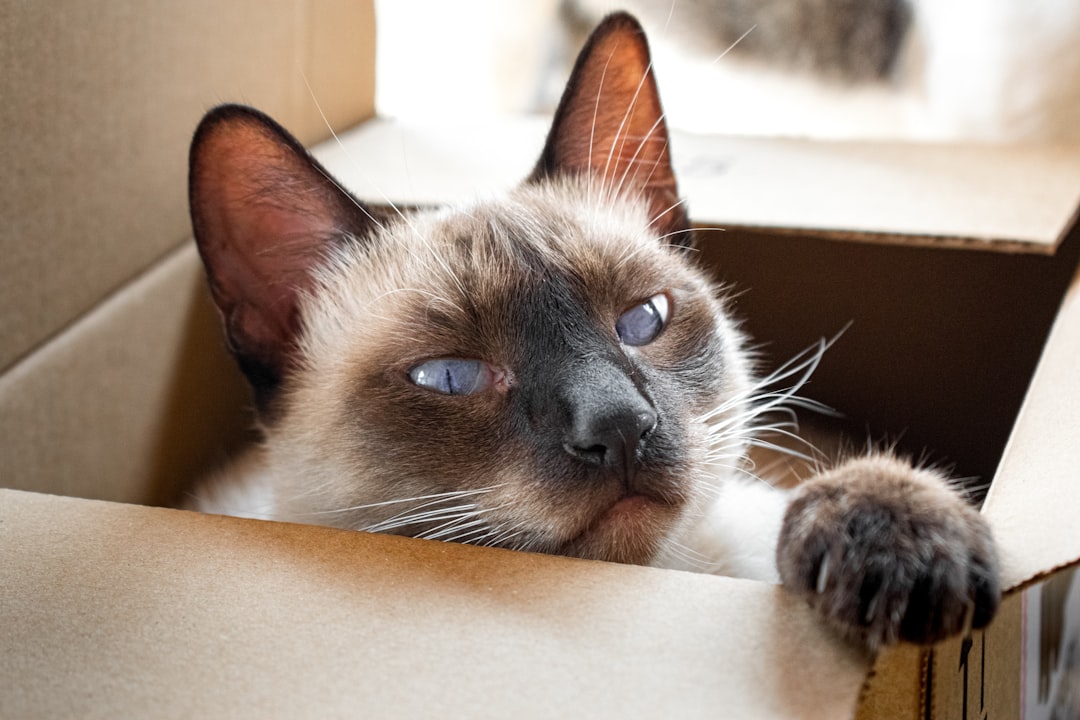
Cats are most comfortable in temperatures between roughly 86 and 97 degrees Fahrenheit, yet most homes are kept around 72 degrees. Cardboard acts as an amazing insulator, and the small space encourages cats to curl up and relax, creating a comfy, warm environment that traps body heat without expensive heating bills. The cardboard material itself serves as insulation, helping cats maintain their optimum temperature while protecting them from drafts.
When you place your palm on cardboard, it feels warm almost immediately, unlike plastic which feels cold or styrofoam which feels too hot. Your cat instinctively recognizes this perfect balance. Small enclosed spaces like cardboard boxes provide the insulation that helps cats retain their body heat more efficiently than open beds. This natural temperature regulation system explains why you might find your cat abandoning their heated bed for a simple Amazon delivery box.
Stress Reduction Through Scientific Research
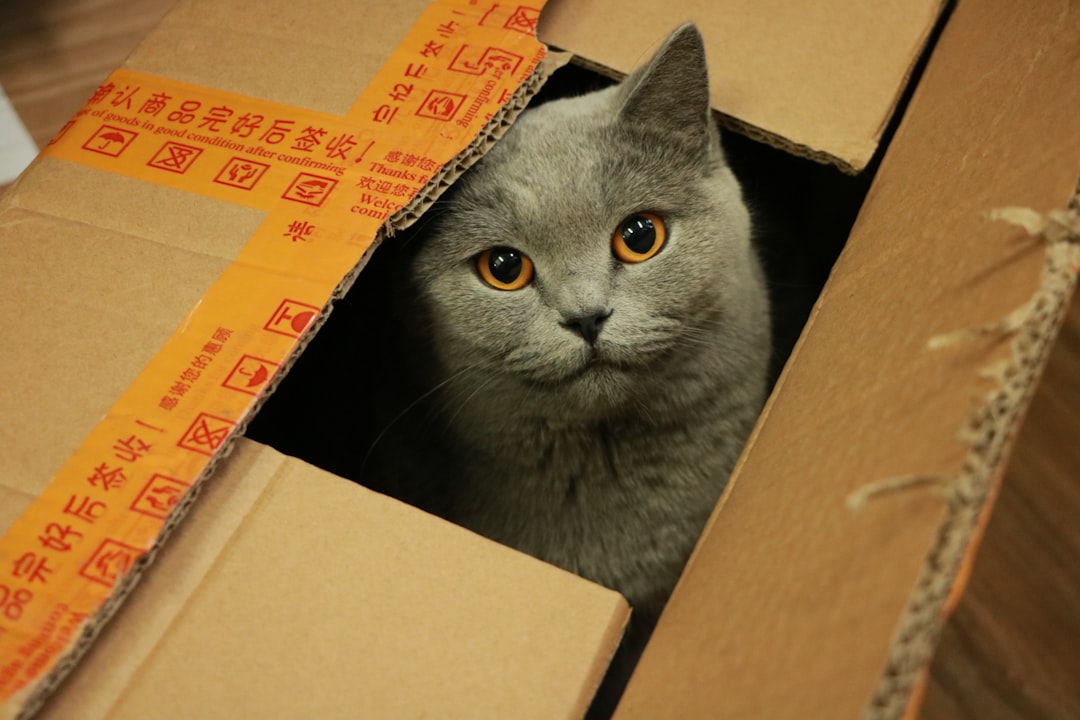
A groundbreaking study conducted by the University of Utrecht on shelter cats revealed that roughly half the cats given boxes actually recovered faster and adapted to their environment quicker than those without boxes. Research consistently shows that cats in boxes experience significantly less stress, with shelter cats recovering faster when provided with these simple cardboard refuges. Studies from Utrecht University found that shelter cats given boxes adapted faster and showed fewer signs of stress, with their stress levels decreasing significantly faster than cats not given boxes.
Scientific evidence demonstrates that enclosed spaces like boxes reduce stress hormones, particularly cortisol, and help cats adapt to new environments. This research has practical implications for cat owners dealing with anxious pets or cats adjusting to new homes. The simple act of providing a cardboard box can serve as a therapeutic tool, offering measurable psychological benefits that expensive pet accessories often fail to deliver.
The Texture Factor: A Scratching Paradise
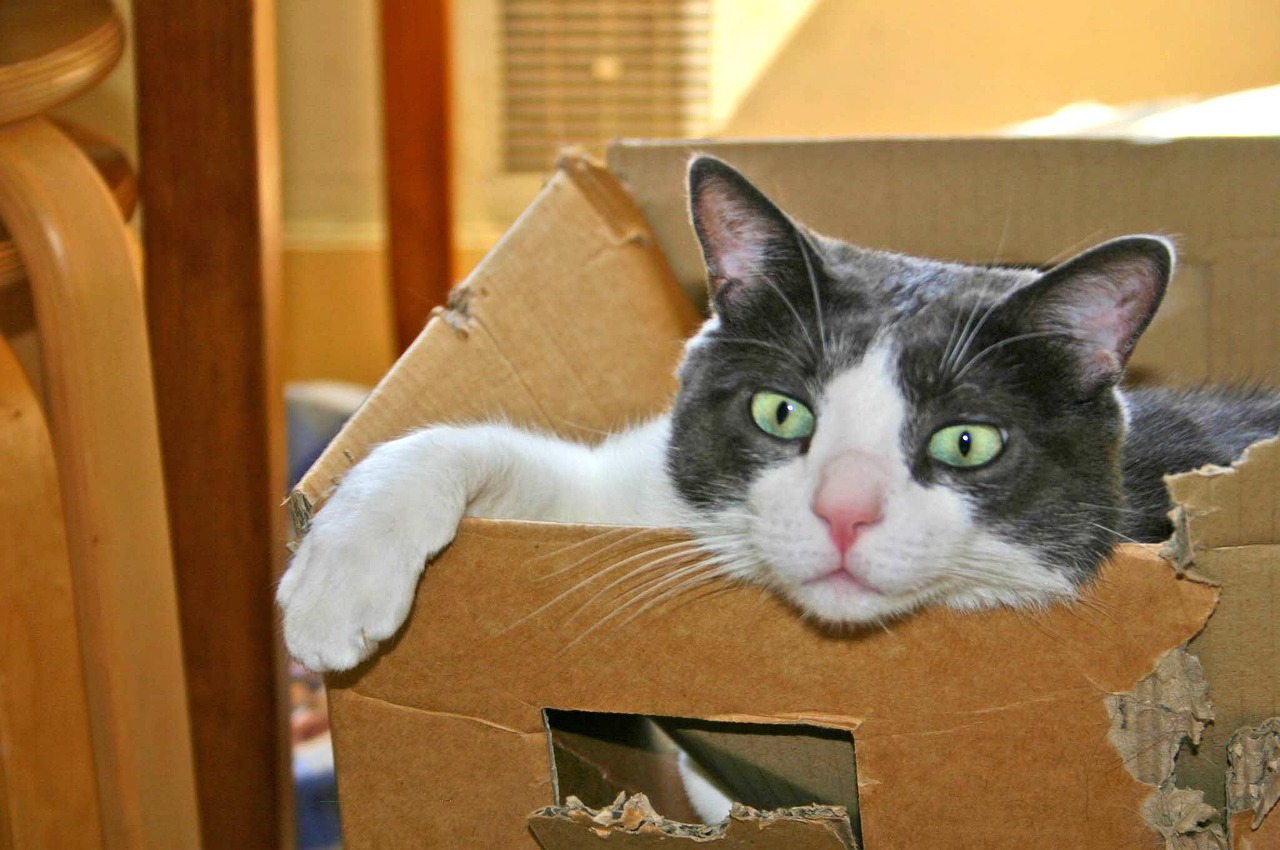
Cats love the texture of cardboard because it’s perfect for biting and scratching, making boxes incredibly entertaining and fun to play with, with many cats enjoying shredding them to bits. Cardboard provides an ideal scratchy surface for marking territory, and many cats also enjoy chewing on it, though owners should monitor this behavior to ensure they don’t ingest pieces. This scratching and chewing behavior serves as great entertainment and pleasure while allowing cats to leave their unique scent signature through glands in their toe pads.
The corrugated structure of cardboard offers the perfect resistance for claw maintenance and stress relief. Unlike smooth surfaces found on many cat beds, cardboard provides just the right amount of give and texture that satisfies their natural scratching instincts. The rough texture also mimics their natural hunting behaviors as they crawl in and out of the box. This multi-sensory experience engages your cat physically and mentally in ways that simple sleeping surfaces cannot match.
Sensory Appeal: Smell, Sound, and Feel
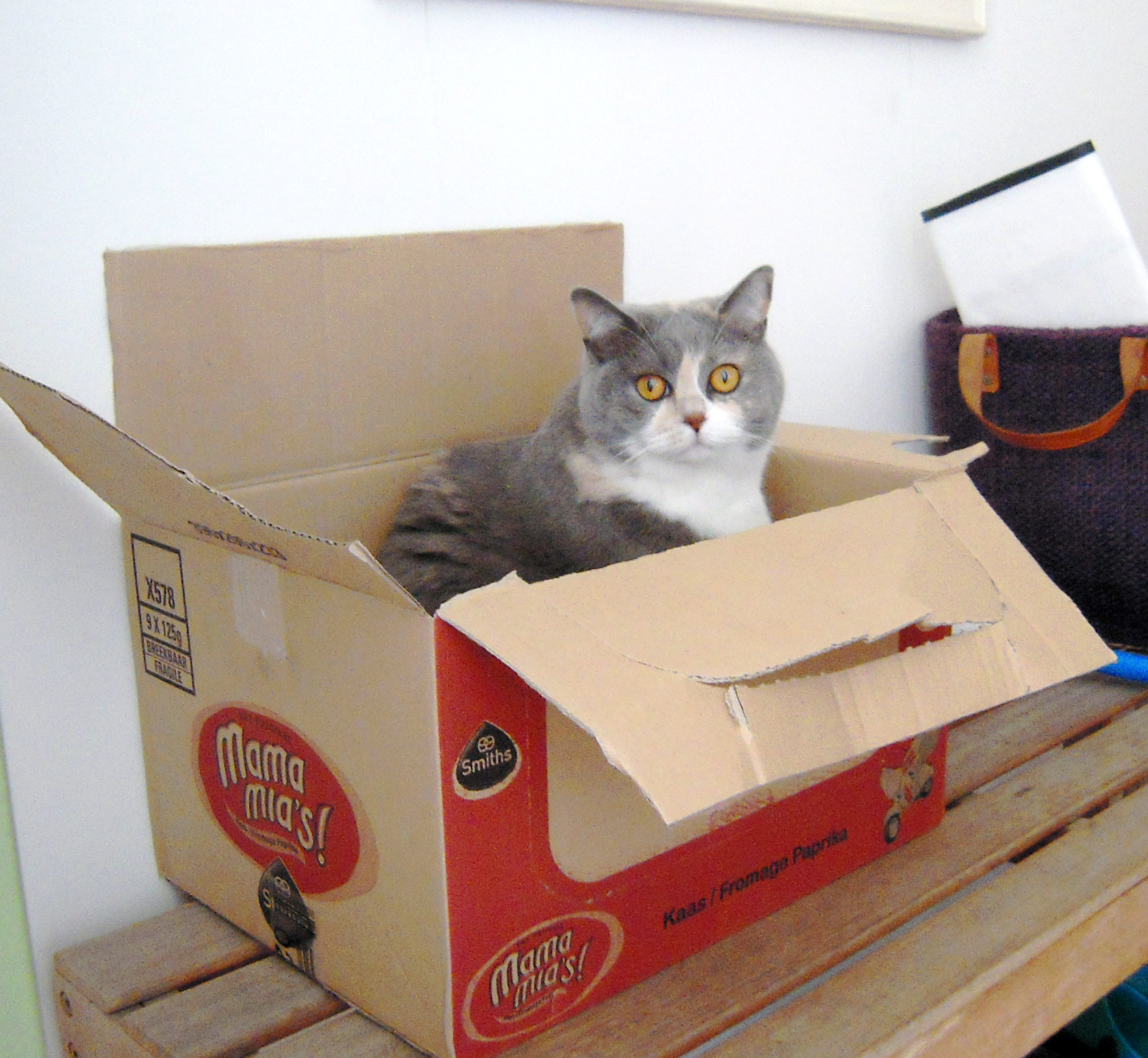
Cats possess a sense of smell that’s 14 times better than humans, and they genuinely like the natural scent of cardboard. Many pet beds carry unfamiliar or artificial smells that cats actively dislike, while cardboard maintains a neutral, natural odor. When faced with a new bed, cats often explore the novel cardboard box first, and some may reject the bed entirely due to its texture, smell, or shape in favor of the familiar box.
The acoustic properties of cardboard also appeal to cats. The slight rustling sound when they move inside provides auditory feedback that many felines find comforting. The material responds to their movements in predictable ways, creating a sensory experience that feels natural and reassuring. Unlike synthetic materials that might produce unexpected sounds or static, cardboard offers consistent, pleasant tactile feedback that enhances their sense of security and comfort.
Hunting and Play Instincts Activated
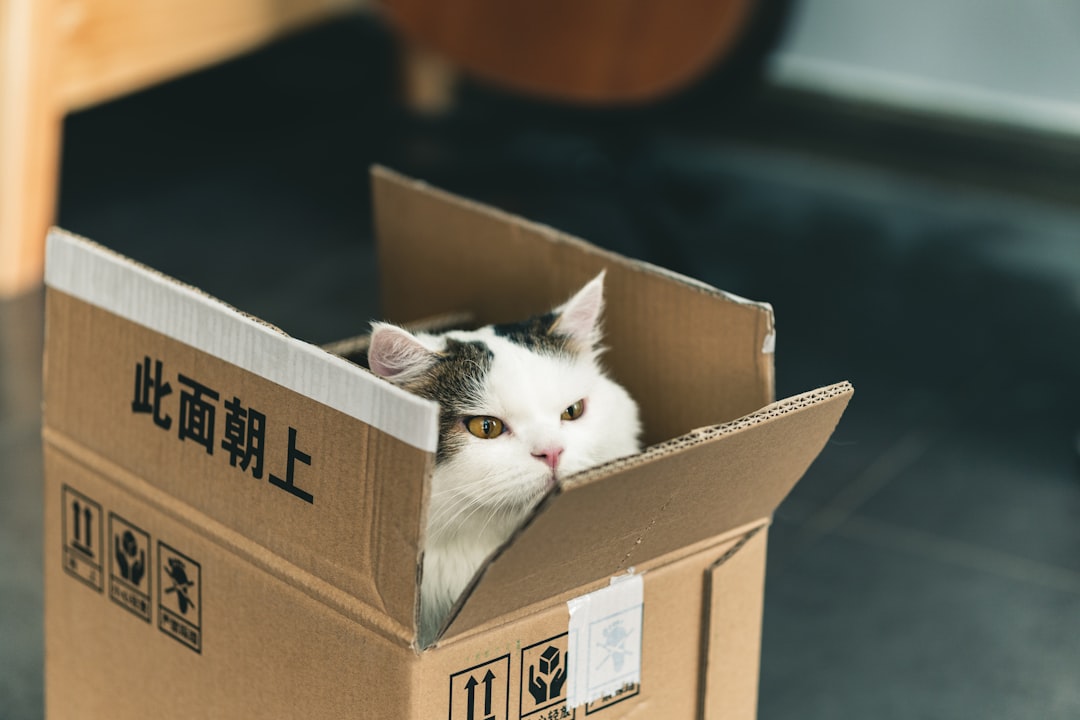
As ambush predators, cats instinctively seek confined places where they can hide, hunt prey, and feel safe and warm, with snug cardboard boxes fitting these requirements perfectly. Cats are natural pouncers who will hide in boxes to stalk their prey, which is usually your feet, though you can redirect this behavior by offering feather toys or other prey-like alternatives. This hiding ability helps their survival instincts as they can conceal themselves to stalk their targets.
The confined space of a box transforms your domestic cat into a miniature apex predator. From their cardboard fortress, they can survey their territory while remaining hidden, ready to pounce on any unsuspecting toy, foot, or fellow pet that passes by. For cats, a plain old box becomes a really interesting and fun toy that can keep them entertained for days on end. This engagement satisfies deep-seated hunting instincts that fancy beds simply cannot provide.
Why Expensive Beds Fall Short
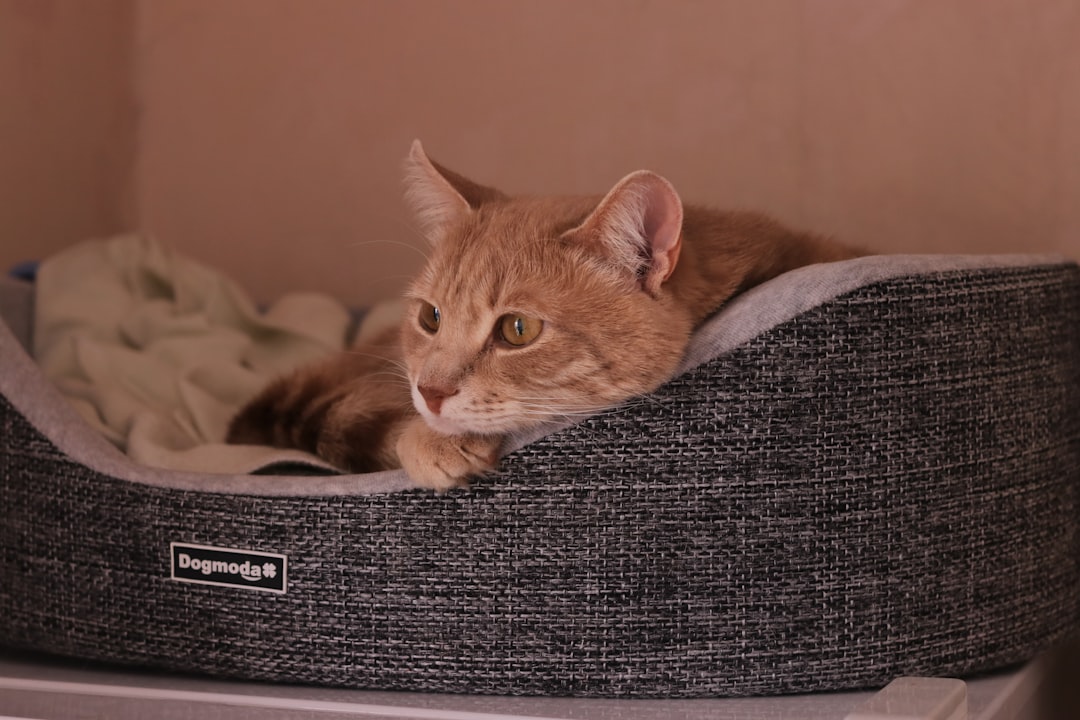
Pet beds, despite their softness and aesthetic appeal, often lack the same benefits as boxes since they’re typically open with no sides, offering little protection or privacy. Many luxury cat beds miss the mark because they lack privacy through open designs that leave cats feeling exposed, use uncomfortable synthetic materials that can cause allergies or static, or are placed in noisy, high-traffic areas that feel unsafe. While pet stores offer countless expensive options, cats consistently prefer simple solutions, making you wonder why you ever bought that costly cat bed.
The irony is that manufacturers often focus on human preferences rather than feline needs. We’re drawn to beds that look attractive in our homes, made with materials that seem luxurious to us. However, cats prioritize function over form. They need enclosure, appropriate texture, neutral scents, and thermal regulation. Most traditional beds fail to provide the refuge, warmth, and psychological comfort that boxes naturally offer, though this doesn’t mean you should abandon buying cat beds entirely if you consider design and placement from your cat’s perspective.
Conclusion
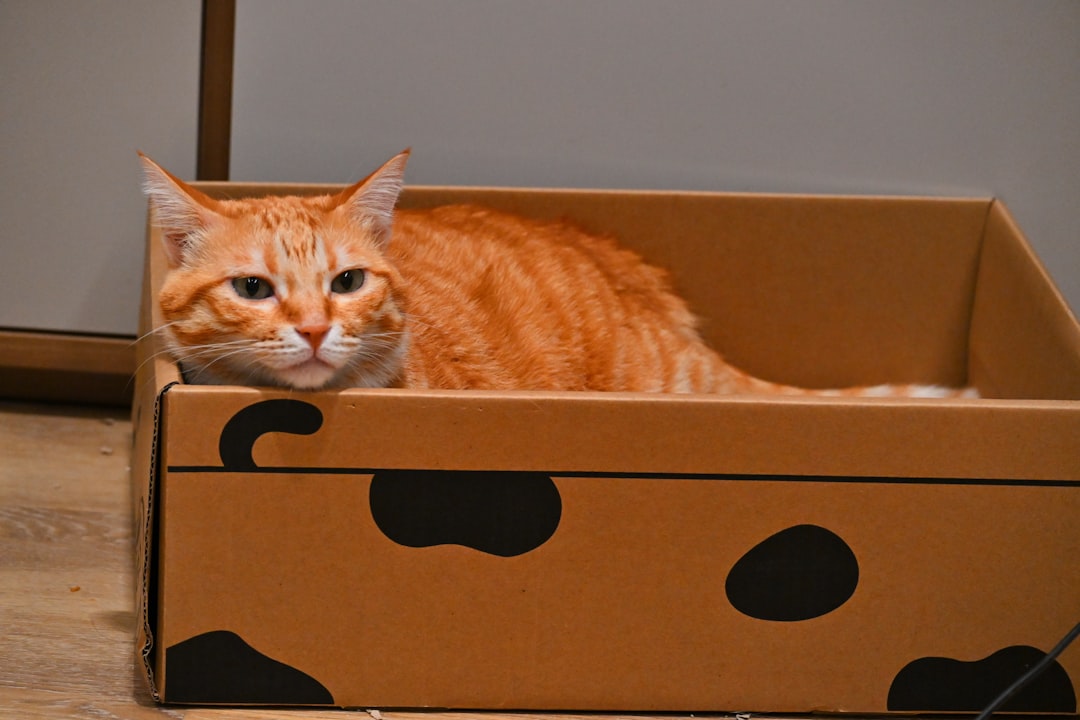
Your cat’s preference for cardboard boxes over expensive beds isn’t a rejection of your thoughtful gifts or a sign of ingratitude. It’s actually a testament to millions of years of evolution and finely tuned survival instincts. The next time your feline ignores their plush bed in favor of a cardboard box, remember they’re not being fickle but rather listening to millions of years of evolutionary wisdom. These simple containers provide everything cats crave: security, warmth, appropriate texture, hunting opportunities, stress reduction, and sensory satisfaction.
Understanding this behavior can actually improve your relationship with your cat and inform better purchasing decisions. Instead of feeling frustrated by their choices, you can appreciate the sophisticated reasoning behind their preferences. Creating an environment where cats feel safe and comfortable isn’t about indulging their quirks but about understanding their fundamental needs. What do you think about your cat’s cardboard obsession now? Tell us in the comments.





